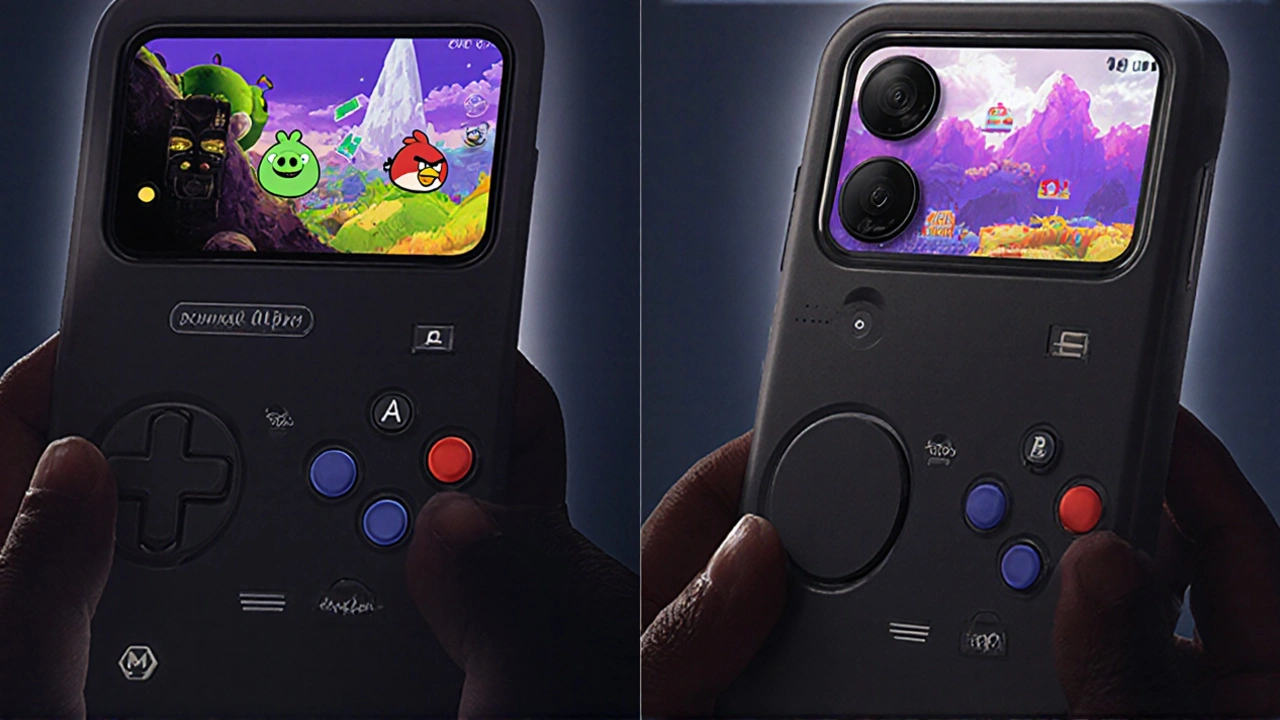Portable Gaming: The Ultimate Guide for On‑The‑Go Play
When you hear Portable Gaming, playing video games on a device you can easily carry around, whether it’s a dedicated handheld or a smartphone. Also known as handheld gaming, it blends entertainment with mobility, letting you squeeze a match into a commute, a coffee break, or a long flight.
One of the biggest forces shaping this space is the rise of Nintendo Switch, a hybrid console that flips between docked TV play and handheld mode. Its flexible design sparked a wave of interest in devices that aren’t tied to a living‑room setup. Close behind it, the Steam Deck, a PC‑powered handheld that runs the full Steam library, proved that powerful PC games can live in a pocket‑sized form factor.
Key Trends and Devices
Portable gaming encompasses several sub‑categories: dedicated handheld consoles, smartphone gaming, and cloud‑streamed experiences. Each brings its own strengths. Handheld consoles like the Switch and Steam Deck focus on a curated library, optimized controls, and solid battery life. Mobile phones, on the other hand, tap into an enormous app ecosystem and benefit from constant hardware upgrades.
Battery management is a crucial attribute of any portable device. A good handheld should deliver at least 5‑6 hours of continuous play on a single charge, while fast‑charging support can shave downtime. Cloud gaming services such as Xbox Cloud Gaming or NVIDIA GeForce Now are starting to influence portable gaming by offloading heavy processing to remote servers, which means lighter hardware can still run demanding titles—as long as you have a strong internet connection.
Indie games also play a big role. Because they’re often smaller in size and less demanding on hardware, they thrive on handhelds and phones alike. Titles like Hades, Cult of the Lamb, and Stardew Valley show how a compelling experience doesn’t need a console‑level GPU.
When you’re choosing a device, think about three core factors: control scheme, game library, and ecosystem. Do you prefer physical buttons and joysticks (Switch, Steam Deck) or touch controls (smartphone, tablet)? Are you already invested in a platform – Nintendo’s eShop, Steam, or Apple’s App Store? And how important is cross‑play with friends on other devices?
Another emerging concept is modular accessories. Clip‑on controllers for phones, external battery packs designed for handhelds, and dock stations that add HDMI output are blurring the line between portable and home gaming. This synergy lets you start a game on a couch and finish it on the subway without missing a beat.
Overall, portable gaming requires balancing performance, portability, and price. A high‑end handheld will offer better graphics but might cost more than a premium smartphone. Meanwhile, a budget console can still deliver a solid library if you focus on indie titles and older releases.
Below you’ll find a curated collection of articles that dive deeper into specific devices, game recommendations, and tips for getting the most out of your portable gaming setup. Whether you’re hunting for the next handheld to buy, looking for battery‑saving tricks, or curious about how cloud gaming fits into the mix, the posts ahead have you covered.
Xiaomi Retro Handheld Case Turns the 17 Pro into a Pocket Arcade
By Sfiso Masuku On 27 Sep, 2025 Comments (5)

Xiaomi’s new $69.99 Retro Handheld Console Case converts the 17 Pro phone into a mini arcade using its secondary back screen. It adds classic ABXY buttons, a D‑pad, and a 200 mAh battery that can last up to 40 days of light gaming. Pre‑loaded with titles like Angry Birds 2, the case protects the phone but disables wireless charging and may obscure some screen areas.
View More




